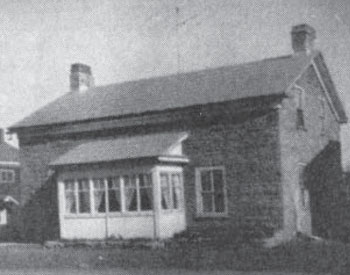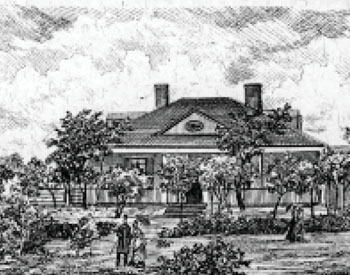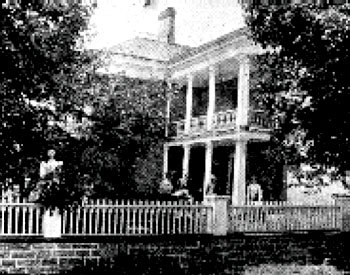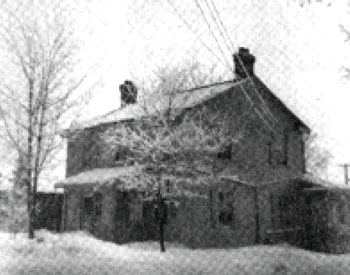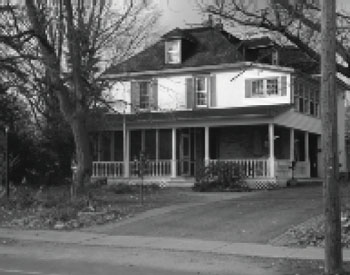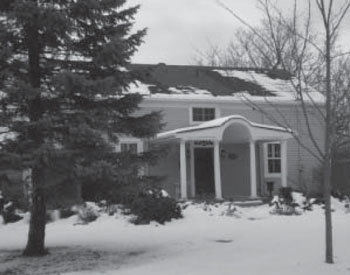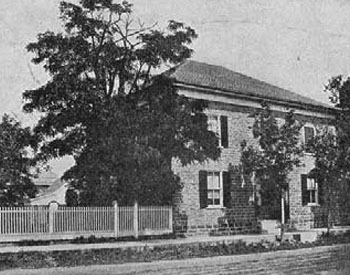
This house has a fascinating and colourful history. Lyman Clothier junior built a house on the site in the 1820’s, but the present house was built some time after 1840 and, according to gossip, was paid for from funds of a republican group, the local Hunters Lodge, dispersed after the Battle of the Windmill in 1838. Nathaniel Fenton bought the property in 1843, and operated a hotel in the house until his death in 1849, and his wife and her new husband used it as a store and a lady’s finishing school for many years after that. One of the students, Elizabeth Bell, later married Dr. C. F. Ferguson and moved into the house in 1897. It remained in the Ferguson family until 1953. Dr. Ferguson served as Member of Parliament from 1874 until 1896. It was the location for many social and political events, including visits from Sir John A. Macdonald. One of Dr. Ferguson’s sons was Ontario Premier, G. Howard Ferguson, who grew up here. When the Fergusons moved in, there had been three families sharing the building, but the new owners renovated it completely, and laid out gardens and an orchard in the rear of the property. Over time, parts of the property were sold off for homes and the Salvation Army Hall. The house itself was later transformed into the Stonehaven Rest Home.

